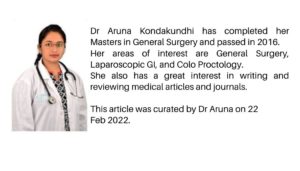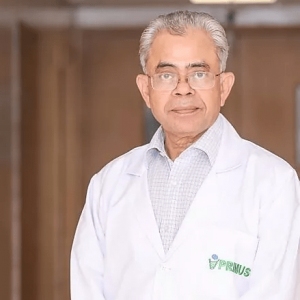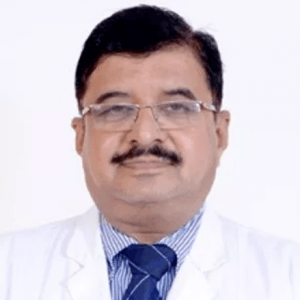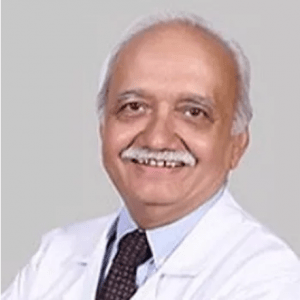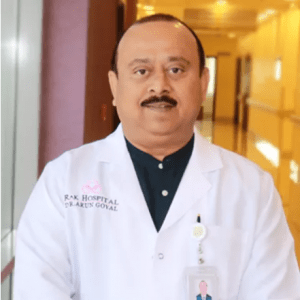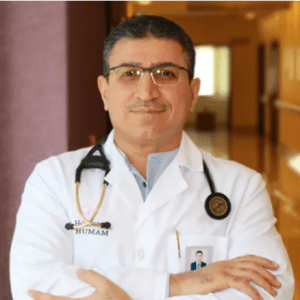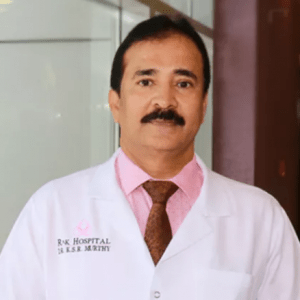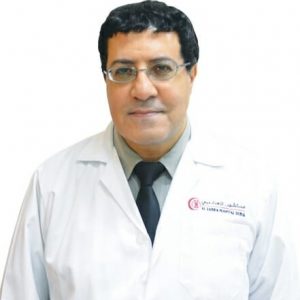Severe Combined Immunodeficiency Disease (SCID)
Severe Combined Immunodeficiency Disease (SCID) is a rare genetic disorder occurring when a person is born with a faulty immune system that doesn’t protect a person even with minor diseases. It occurs due to the absence or non-functioning B and T cells. Read More
Top Doctors For Severe Combined Immunodeficiency Disease (SCID) Treatments
Top Hospitals For Severe Combined Immunodeficiency Disease (SCID) Treatments
Severe Combined Immunodeficiency Disease (SCID)

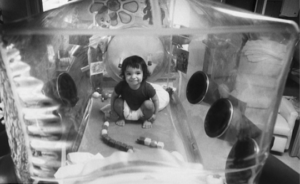
Classification of SCID
- Typical SCID: X-linked SCID, Adenosine Deaminase Deficiency (ADA) SCID, RAG-1, RAG-2, IL7R deficiency [1]Atypical SCID: Leaky SCID or Omenn syndrome
- Variant SCID [2]
Treatment
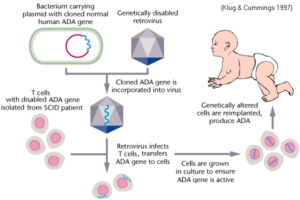
- The best treatment is a bone marrow transplant. You can share healthy stem cells if you have siblings, so genetic brothers and sisters are considered the best donors. Finding an outside donor is challenging because it is a rare genetic disorder.
- IVIG (intravenous immunoglobulin) replacement therapy help patients recover from combined immunodeficiencies.
- Patients with ADA deficiency can be treated with Adenosine Deaminase Replacement therapy with pegademase or elapegademase.
- Hematopoietic stem cell transplantation.
- Gene therapy can be used as an alternative to bone marrow transplants.
Prognosis
SCID is a rare, severe, life-threatening disease. If left untreated or in case there is a delay in diagnosis, infants will die within the first 6months. However, patients who undergo bone marrow transplantation, hematopoietic stem cell transplantation, or enzyme replacement will result in long-term survival and restored immunity.SCID Diagnosis
Following tests can be useful in making an efficient diagnosis:- Physical examination
- Tests regarding Blood Count – When RBC, WBC and Platelets decrease, people’s immunity drastically decreases, and the doctor recommends certain tests.
- Immunoglobulin tests
- Genetic and chemical (protein expression) tests.
- Newborn screening test
Symptoms
SCID affected children mostly treated at young age and because of acute infection max within 6 months. Infants often catch uncertain diseases such as pneumonia and hepatitis.
Eczema
- Pneumocystis Jiroveci
- Reduces Red blood cell and platelets formation
- Yeast infection in mouth (Oral Thrush)
- Pneumonia
- Meningitis
- Underweight (below the normal weight)
- Ear infections
Causes
As it is an inherited disease, mostly it happens if the child’s family members have SCID. Connection with mutated genes can cause SCID.
FAQ
1. What are the survival rates of SCID?
If cured and treated within 2-3 months of the disease, survival rates increase up to 80-90%, and if treated after 3 -4 months of SCID, chances decrease to 60-70%.
2. How common is SCID?
It is a rare disease that happens to 1-2 people out of 50,000 to 100,000.
3. What is SCID screening in newborns?
SCID screening in newborns came into existence 4-5 years ago because of the formation of a test that can mark dried blood in filter cards taken from the babies to screen for some dangerous conditions. At a minimum cost, doctors can arrange this blood test for newborns.
4. Does late diagnosis affect SCID patient’s life?
Though bone marrow transplant works wonders, if SCID treatment is done very late, it can cause unpredictable diseases, and consequences can rise and be fatal.
References:
- https://scidcompass.org/typesscid#:~:text=The%20most%20common%20types%20of,generally%20only%20occurs%20in%20boys.
- https://rarediseases.org/rare-diseases/severe-combined-immunodeficiency/
- emedicine.
- https://kidshealth.org/en/parents/severe-immunodeficiency.html.
- https://www.stanfordchildrens.org/en/topic/default?id=severe-combined-immunodeficiency-scid-90-P01706
- https://rarediseases.org/rare-diseases/severe-combined-immunodeficiency/
